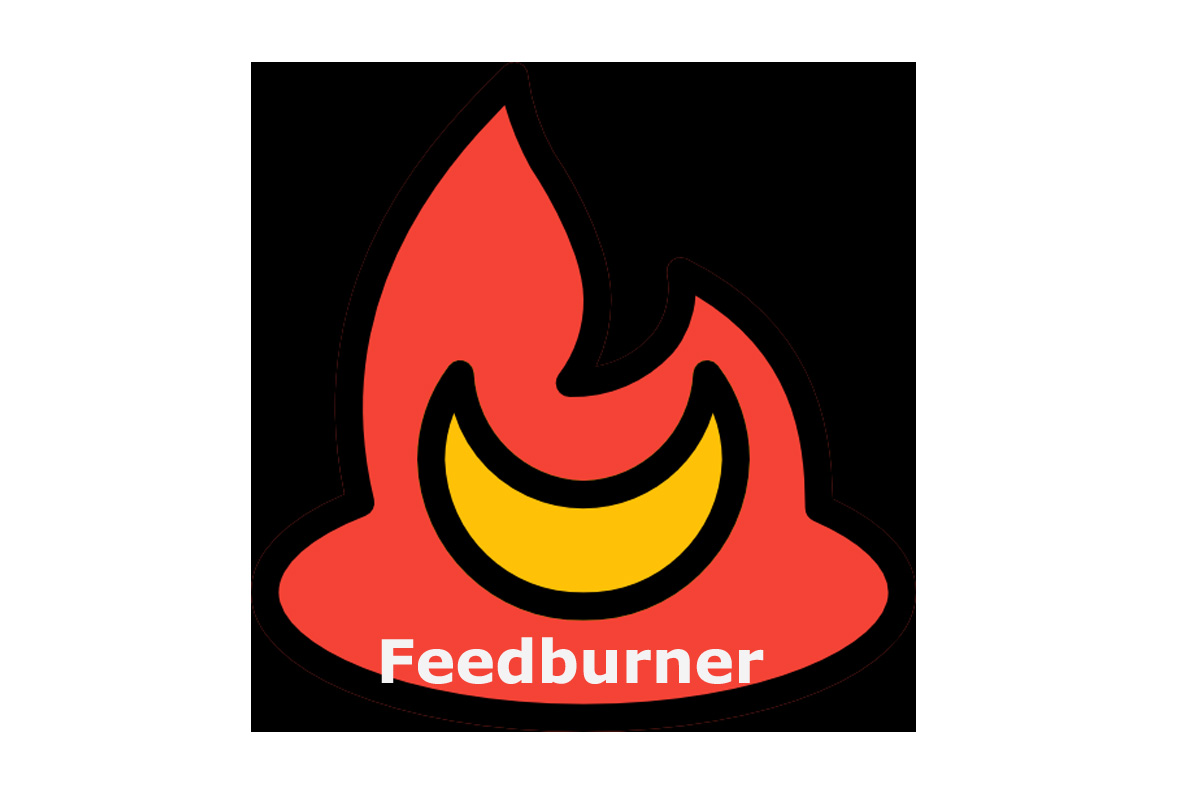Feedburner
Feedburner is the web feed management service that content creators and web owners use to track their Really Simple Indication (RSS). It was developed in the year 2004. Dick Costolo and Eric Lunt developed it. Later it was taken by Google and combined into the suite of their services. And also, it was still operational, but its long-term viability and relevance in the rapidly evolving online landscape were still being determined. Developments may have occurred beyond that time.
How to Set Up Feedburner Account?
- Create a Google Account: Feedburner is the service Google currently provides. So first thing you need to do is create a Google account so you can access Feedburner. If you already have an account, you can skip this part.
- Open Feedburner Website: Next, you need to do this is the open Feedburner website. You can use your Google Account login to log in to FeedBurner. You might be redirected directly to it if you log in to your Google Account.
- Log in with your Google Account: Use your Google Account credentials to log in to it. You might be redirected directly to FeedBurner if you log in to your Google Account.
- Enter Your Feed URL: In the “Burn a feed right this instant” field, enter the URL of your RSS feed. Typically, the feed URL is your website’s URL followed by “/feed” or “/RSS” (e.g., https://www.example.com/feed). Click on the “Next” button.
- Choose the Feed Title: Give your feed a title representing your content or website. This title will be displayed to subscribers when they see your feed in their RSS reader.
- Select FeedBurner Services: FeedBurner might offer additional services like browser-friendly versions. And also podcasting options. You can choose these services based on your preferences and requirements.
- Publicize Your Feed: FeedBurner will deliver you a URL for your new FeedBurner feed after setting up your feed. It would help to promote this URL to your audience to subscribe to your content. You can also customize the appearance of your feed and obtain a code to add subscription options to your website.
- Analyze Your Feed: It provides various statistics and analytics about your feed’s usage and subscribers. You can access these analytics by logging in to your FeedBurner account and navigating to the suitable section.
Benefits of FeedBurner
Using FeedBurner, content creators could make it easier for users to subscribe to their content through various feed readers, email subscriptions, and podcast services. This increased accessibility helped reach a broader audience and build a loyal readership base.
FeedBurner provided complete statistics about the usage of RSS feeds. Content creators could track the number of subscribers, see which items were popular, and monitor click-through rates. Moreover, these insights allowed them to understand their audience better and tailor their content consequently.
With FeedBurner, publishers could customize their RSS feeds’ appearance and content. They could add branding elements, insert links to related content, or promote special offers. This helped maintain a consistent brand experience for their audience.
It automatically optimized feeds for different browsers and devices. This ensured subscribers could access the content easily, regardless of the platform they used to consume the feeds.
One of the popular features of it was the capacity to offer email subscriptions. Users who preferred to receive updates via email could subscribe to the RSS feed, and it would send them email notifications whenever new content was published.
It also provides tools for podcasters to allocate and manage their podcast feeds. Therefore this was especially beneficial for those creating audio or video content.
Conclusion
Overall, FeedBurner simplified managing and distributing RSS feeds, enhanced the feed’s accessibility, and provided valuable insights to content creators. Therefore while its relevance may have diminished in recent years due to changes in content consumption habits and the rise of other platforms, it played a significant role in the early days of blogging and content syndication on the web.

